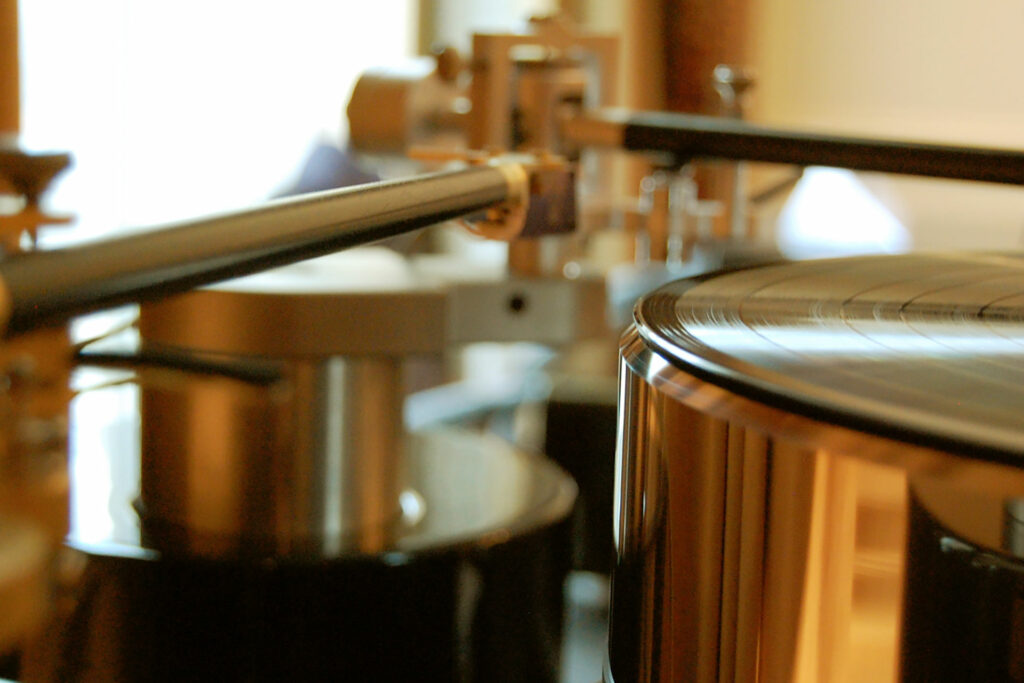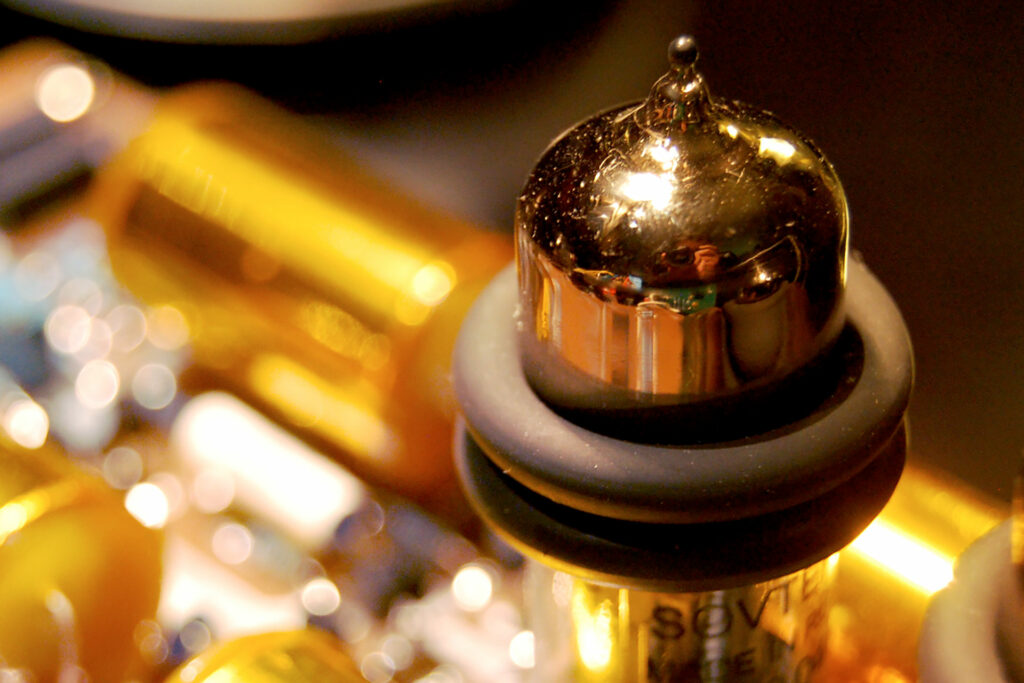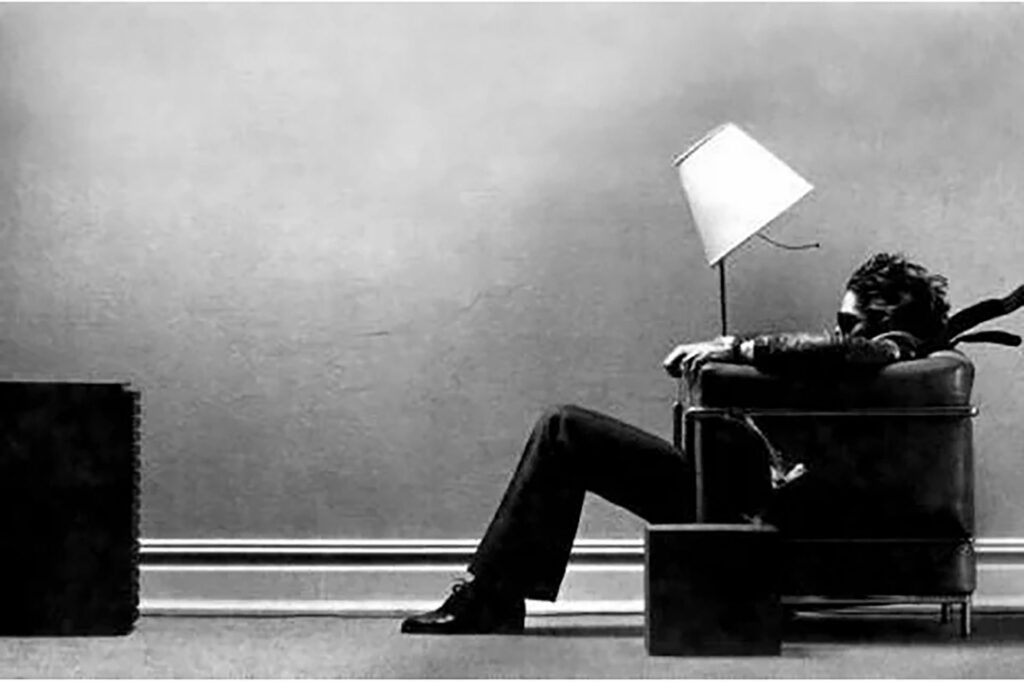We talk a lot about how the future of the audiophile hobby needs to be inclusive. We need to ditch some of the old-school standards and practices like only listening in a messy listening room by yourself versus having your audio system presented in a way that other couples might want to sit in a room with you and experience some music together socially. If this ever were to happen, there might come a time when you might want to really show off what your system can do. Much like a good test drive in a happening car, there are a lot of factors that need to be considered in doing a great audiophile demo. Rest assured: with these techniques in mind, you’ll be a true ambassador for the hobby. You will open people’s mind to how they think about music, how they enjoy art, and what audio might mean to them in their lives.

Never Play Past the First Chorus or 1:30 of Total Playtime
This is pure human nature. Most people don’t have long attention spans. Moreover, who knows if your musical selections are connecting with them? If not and you belabor things, you will lose the patient right there in your listening room.
I remember working with my mentor, Mark Levinson, back in the early 1990s at Cello Music and Film during a Los Angeles-based Stereophile Show. We had a special demo setup in our absurdly expensive and beyond-exotic $350,000 Cello Reference System. It was the early days of HDTV, and we had not only a nine-inch CRT video projector with a Faroudja VP-400 line quadrupler but we also has a one-inch digital video tape of a very colorful Peter Gabriel music video called “Mindblender,” and people wanted to see that.
Before they got to my video and surround sound demo – complete with many people’s first foray into HDTV – Mark played a 20-minute classical demo that felt like 200 minutes. Nobody wanted to insult Mark, but my God, it was agony. Moreover, we froze the condenser for the air conditioner, so the room was heated by a pair of stacked, 400-watt, pure Class-A, monoblocks and it was summer. Simply put, people were bored and couldn’t wait to get to more digestible music and the home theater demos. Don’t leave your audience hanging. Keep your demos short and your hand on the volume to dial things down before you’ve worn out your welcome.
Lighting Is Key
All audiophile rooms should have some level of lighting control. Being able to dim the lights and take one’s eyes a little bit out of the overall sensory equation is always a good idea. You don’t want to make things too dark, but dimming the lights in your listening room is a really good way to make things seem like they sound better than they do. It creates a more comfortable mood.

Alternate Music from Multiple Audiophile Source Components
Like an audiophile DJ, use two sources – be it a High End Compact Disc Player or a streaming end point – and alternate back and forth with the goal of keeping the cadence of your demo moving and without any delays. An audiophile turntable could work here, too, obviously. Touching on lighting again on the logistics side, it is good to have a little bit of (not very bright) task lighting so you can prepare your next song while your audience listening. This adds drama to your performance and that only helps to make the experience more meaningful to your listeners.
Don’t Play Classical or Jazz Unless You’re Really Sure Your Audience Is Way into Them
The facts don’t lie. One percent of American listen to classical music and two percent listen to Jazz. Even thought we might love these genres as audiophiles, we need to be mindful that we are trying to be inclusive. I tell my writers the same thing: if there is a full spectrum of musical clichés (with Indonesian Gamelan music on the obscure side and Steely Dan’s Aja and Pink Floyd’s Dark Side of the Moon on the other) land your musical demos in the 50- to 75-percent cliché range. People need to have a musical reference for what you are playing. Too often, audiophile salespeople, manufacturers at consumer shows, and end users alike tend to play music that is just way too obscure. Fight this urge and your friends will love you for it.
Control the Musical Mood
Recently, I made a day trip from Los Angeles to Seattle to go to Pacific Audio Fest, and boy was that a long day. One trend that I heard there was people playing downright depressing music as demo material. Who the hell can go from feeling depressed to wanting to reach into their wallet and pop for, say, $10,000 in audio gear? Nobody, that’s who. Keep the mood light. Select music that is fun. Depressing, droning jazz saxophone can be a downer. Jamming a track from An Evening with Silk Sonic isn’t. Keep the mood upbeat.

Pre-sell Your Music Before You Hit Play
When I was a kid selling Wilson WATT Puppy 3/2 speakers and Mark Levinson electronics, I would almost always play a Stevie Ray Vaughn track from Texas Flood. Before I hit play, with the lights dimmed and my prospective client’s fine asses parked in a classic Le Corbusier chair, I would say “Stevie Ray Vaughn plays a Fender Stratocaster through a tube-based Fender Twin Reverb amp. At the 0:45 mark you will hear a buzz that comes from his tube amp. On lesser speakers and electronics, this little detail goes unnoticed. On this Wilson/Mark Levinson/Transparent Audio system, I think you can hear it clearly. Will you let me know?” And without waiting for a response, I fired up the track. At the 0:45 mark, they light up as they can clearly hear it, and BOOM! You now have a critical listening audiophile who knows that you just taught them how to listen better. Simply put, you are winning with this technique.
In the end, the most important issue isn’t for you to construct a perfect audiophile demo or one that is too scripted. The goal is to bring the passion and fun of listening to music to new people. At the end of a few songs (don’t play more than four or five abbreviated tracks as part of your demo) ask your audience, “who is your favorite artists?” This used to be a tricky value proposition in audiophile sales, because if they say The Dead Kennedys and you didn’t have a copy of Fresh Fruit For Rotten Vegetables around, you lost control of your sale (please never demo the DKs in an audiophile system for people; I’m just making a silly example). As they say in the legal field: “never ask a question that you don’t already know the answer to.” With the advent of streaming, being able to spin up a little BTS or Taylor Swift at a moment’s notice for your friend’s 15-year-old daughter who might be in on your session will only make you a hero.
These techniques are relevant to anyone in our hobby, as a great audiophile demo brings a level of polish and excellence to what we do that anybody will appreciate. A very dear golf buddy of mine is a member at a very fancy country club in Pittsburgh, called Oakmont. They’ve hosted more major golf events there than any other course not called Augusta National. He and I have both played many of the best courses in the world, and his spin on the way you feel about each specific top-level course is that the people that you play with have a big impact on how you rank the course on your own personal list. The same goes for an audiophile demo. If you take some of these moves and employ them on your friends, they will hear, see, and experience the best that your system (and our hobby) has to offer.




Jerry, I think you are right on about playing something that people can emotionally connect to. I’m always surprised by how few people, when they visit our home for the first time and see these big speakers in the main living area, ask anything about them or the system let alone asking to hear something. When people do ask, or when I’m feeling a little “pushy”, I will offer up a selection of music across 3 or 4 genres and usually they find something they like and usually they are shocked at what music can sound like at home…with the right system and without spending $100k.
Again, great article and thanks for your insights.
Thanks for your kind words!!!!
It is KEY to find music that somebody relates to emotionally if you want to sell them a nice component OR just get then aware of the benefits of the hobby.
We review subwoofers!!!
Excellent points in the article. Understanding the demographics of the target audience is a key to effective marketing. While, I am very familiar with SRV, my 21-year-old son is not interested in that genre. For him, Broke Bunny or Kendrick Lamar is more appropriate. Wait, my son would only need a subwoofer.
I understand, when I was with a high end dealer in Virginia, I did pretty much what you’ve stated…with the exception of staying away from jazz. I stayed away from traditional jazz, but I did dive into smooth jazz that didn’t feature the sax (pianos and xylophones were very cheerful) . After a minute, most of my customers would state “I’ve never heard anything like that”! Then they would ask me for the artist name. We always had the popular stuff on hand (and this was in the CD era – back when we called DVD Doubtful Very Doubtful)!!! I guess I was just lucky with my tracks. I was known in that store as the “King of Floor-standers” no one could move a pair of floor-standers with subs like me. Oh….I would also start every client in the most expensive room….jeans or suit and tie…same treatment, so they could hear our best.